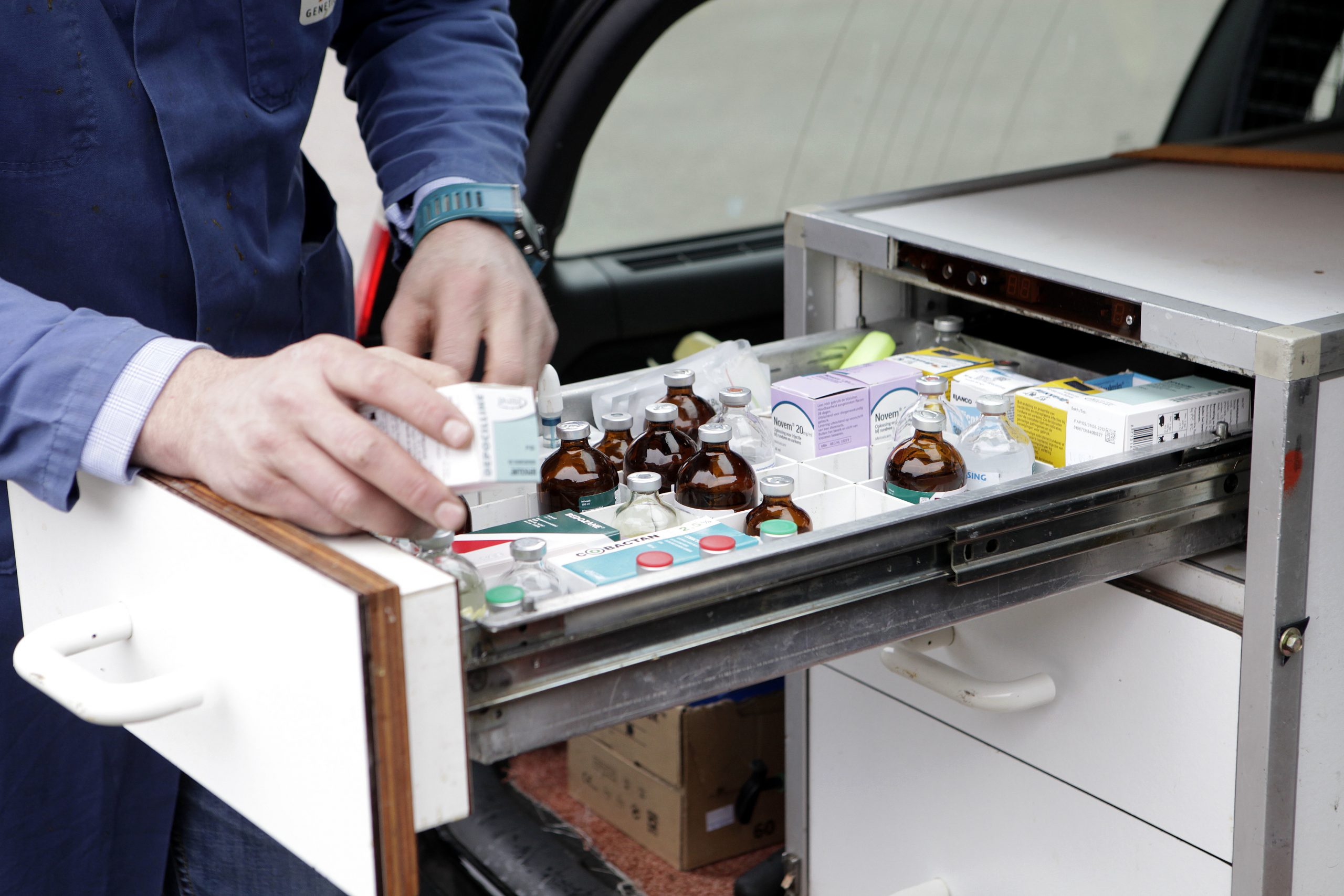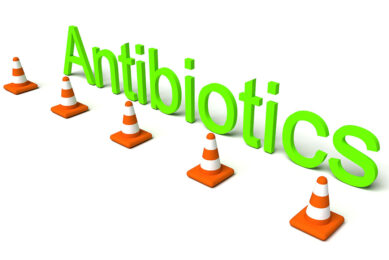EU steps up antimicrobial resistance plan

On 29 June, the European Commission adopted a new Action Plan to tackle Antimicrobial Resistance (AMR).
The new action plan builds on the first AMR Action Plan which ran from 2011 to 2016 and is underpinned by a One Health approach that addresses resistance in both humans and animals. In parallel, the Commission adopted the first deliverable of the plan: EU Guidelines on the prudent use of antimicrobials in human health. The action Plan foresees more than 75 actions built on three main pillars.
Pillar 1: Making the EU a best-practice region
Making the EU a best-practice region will require better evidence, better coordination and surveillance, as well as better control measures. This will support Member States to establish, implement and monitor their national One-Health Action Plans on AMR in line with the commitment they made at the 2015 World Health Assembly.
Examples of agriculture/animal health related measures from the European Commission include:
• Review EU implementing legislation on monitoring AMR in zoonotic and commensal bacteria in farm animals and food22, to take into account new scientific developments and data collection needs.
• Identify and assess under the Animal Health Law and with the support of the EFSA, resistant bacteria that cause transmissible animal diseases and, if necessary, develop harmonised rules for their surveillance.
• Assess the effectiveness of the implementation of EU legislation on, inter alia, monitoring AMR in food-producing animal populations and food by continuing to carry out regular audits in Member States.
• Continue to promote animal husbandry, including aquaculture and livestock farming systems, and feeding regimes, which support good animal health and welfare to reduce antimicrobial consumption.
• Discuss the availability of veterinary antimicrobials to tackle AMR in the Veterinary Pharmaceutical Committee.
Pillar 2: Boosting research, development and innovation
Actions under this pillar aim to boost research and further incentivise innovation, provide valuable input for science-based policies and legal measures to combat AMR and address knowledge gaps such as the role of AMR in the environment.
Examples of agriculture/animal health related measures from the European Commission include:
• Support research into the development of new tools for early (real-time) detection of resistant pathogens in humans and animals, taking account of advances in IT solutions.
• Continue to support research into the development of new effective preventive vaccines for humans and animals.
• Support research into the development of new diagnostic tools in particular on-site tests in humans and animals to guide practitioners regarding the use of antimicrobials.
Pillar 3: Shaping the global agenda
Whereas areas of action have been agreed upon internationally, the EU will work towards reinforcing engagement and collaboration with multilateral organisations, and intensifying cooperation with the most affected developing countries. As one of the largest markets for agricultural products, the EU can play a major role by promoting its standards and measures for addressing AMR with its trade partners.
Examples of agriculture/animal health related measures from the European Commission include:
• Continue and strengthen ongoing collaboration within the Transatlantic Taskforce on Antimicrobial Resistance (TATFAR), which includes the EU, the USA, Canada, and Norway.
• Promote international regulatory convergence between the EMA and other regulatory agencies such as the US Food and Drug Administration (FDA) and the Japan Pharmaceuticals and Medical Devices Agency (PMDA) on development plans for new promising antimicrobials.
• Invite the European Parliament, Member States and stakeholders to share views on actions to be taken to ensure that efforts to combat AMR made by EU producers, including farmers, do not place them at a competitive disadvantage.
• Foster international research collaboration on AMR in the animal health sector in the STARIDAZ International Research Consortium.
Top five articles on All About Feed describe how the feed sector is working on antibiotic reduction:
Going for no antibiotics is reaching for platinum
Reduce antibiotics, keep profitability
“Antibiotic reduction starts with awareness”











